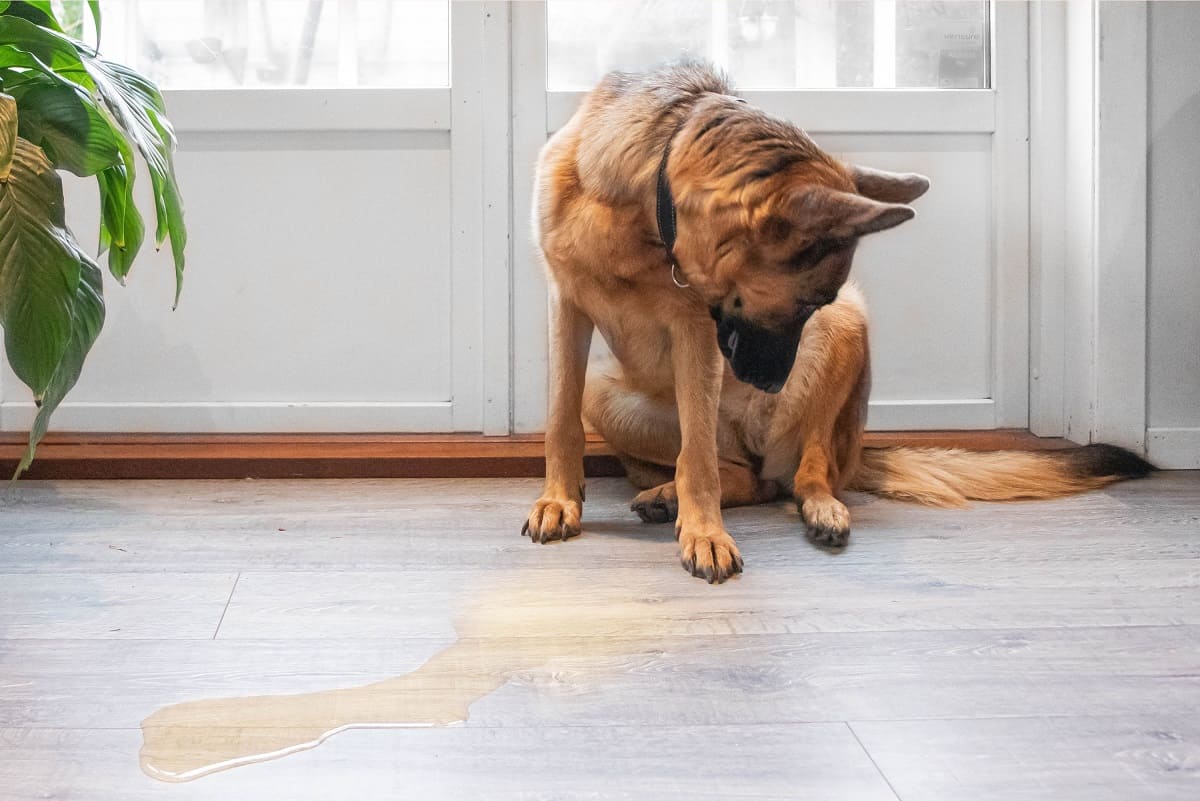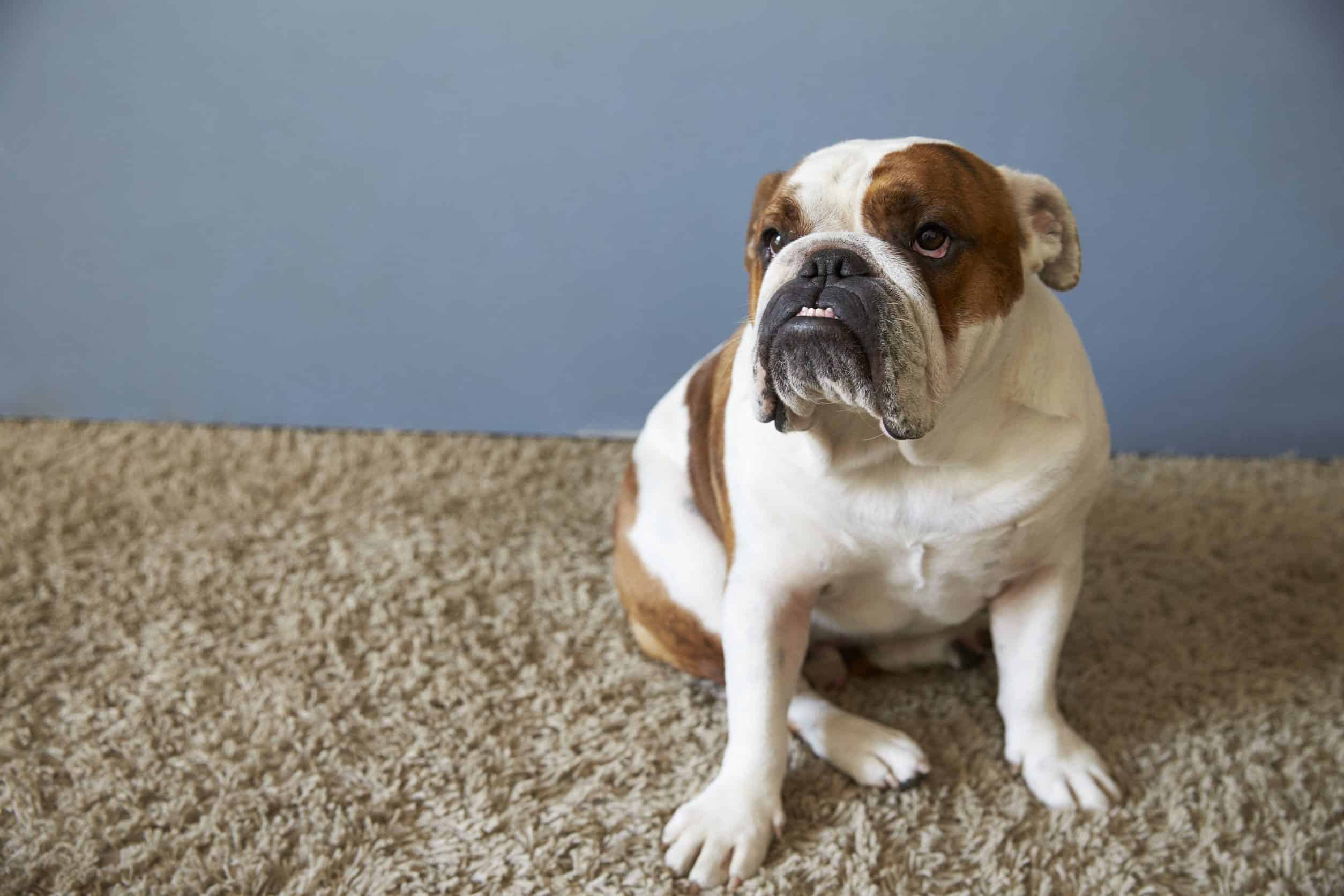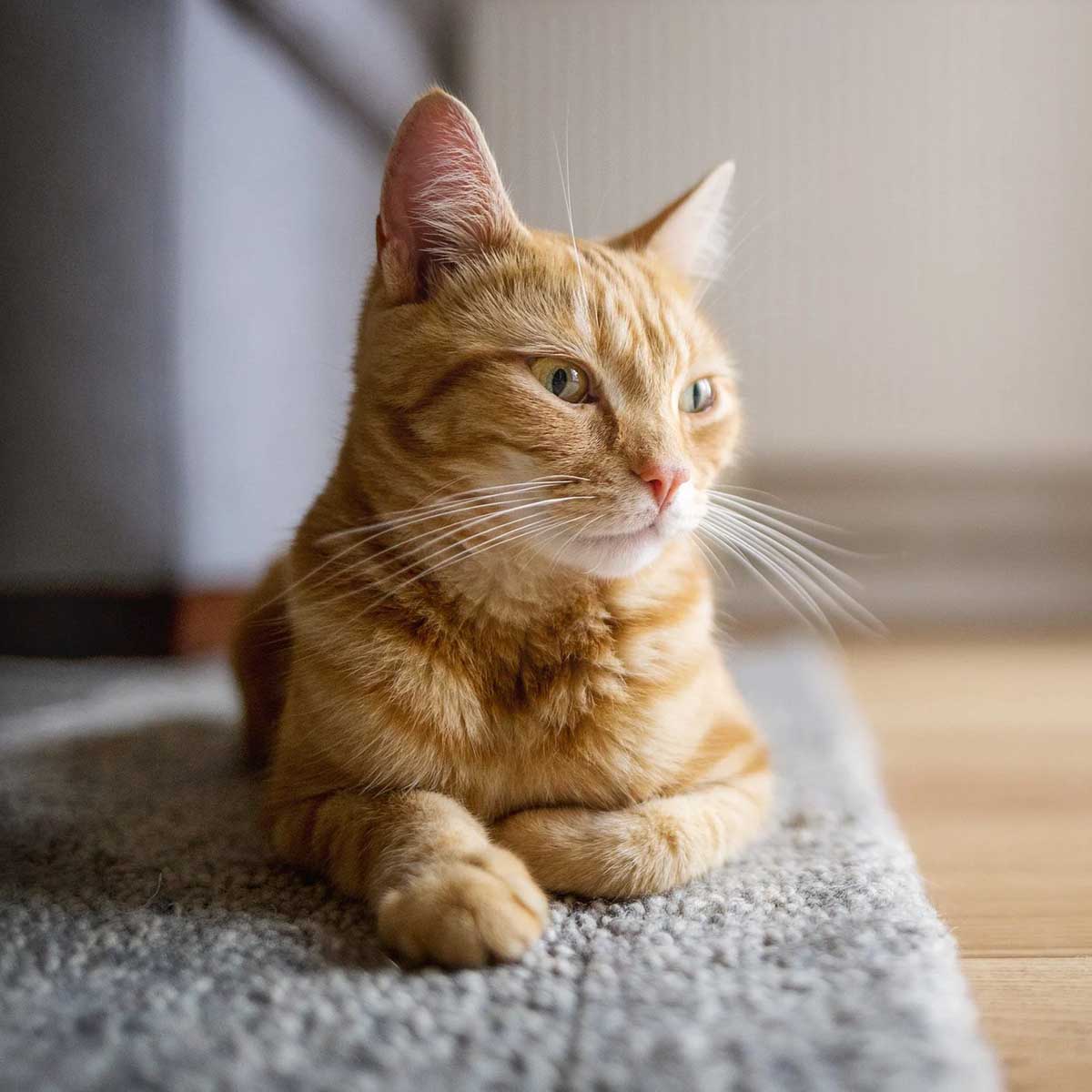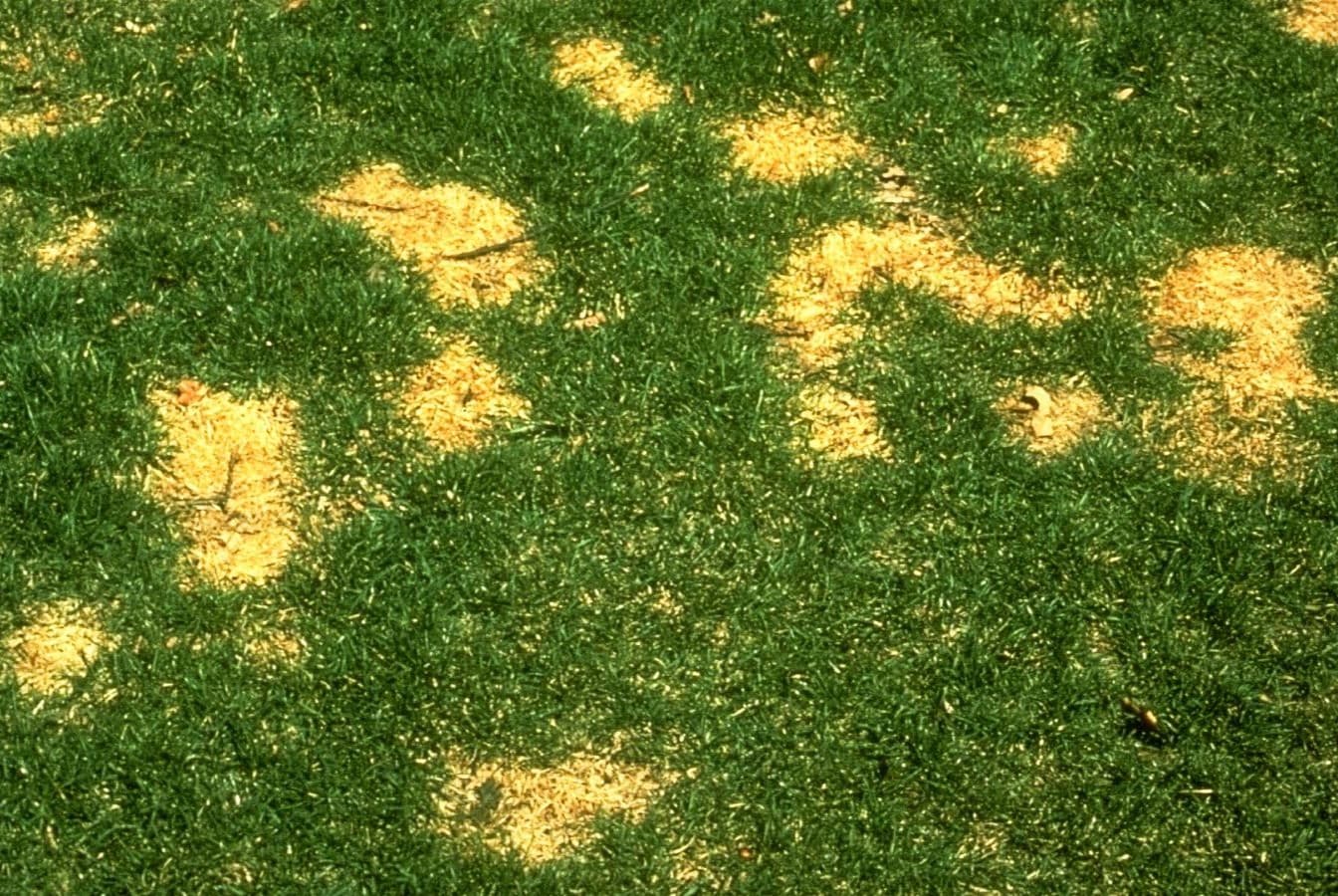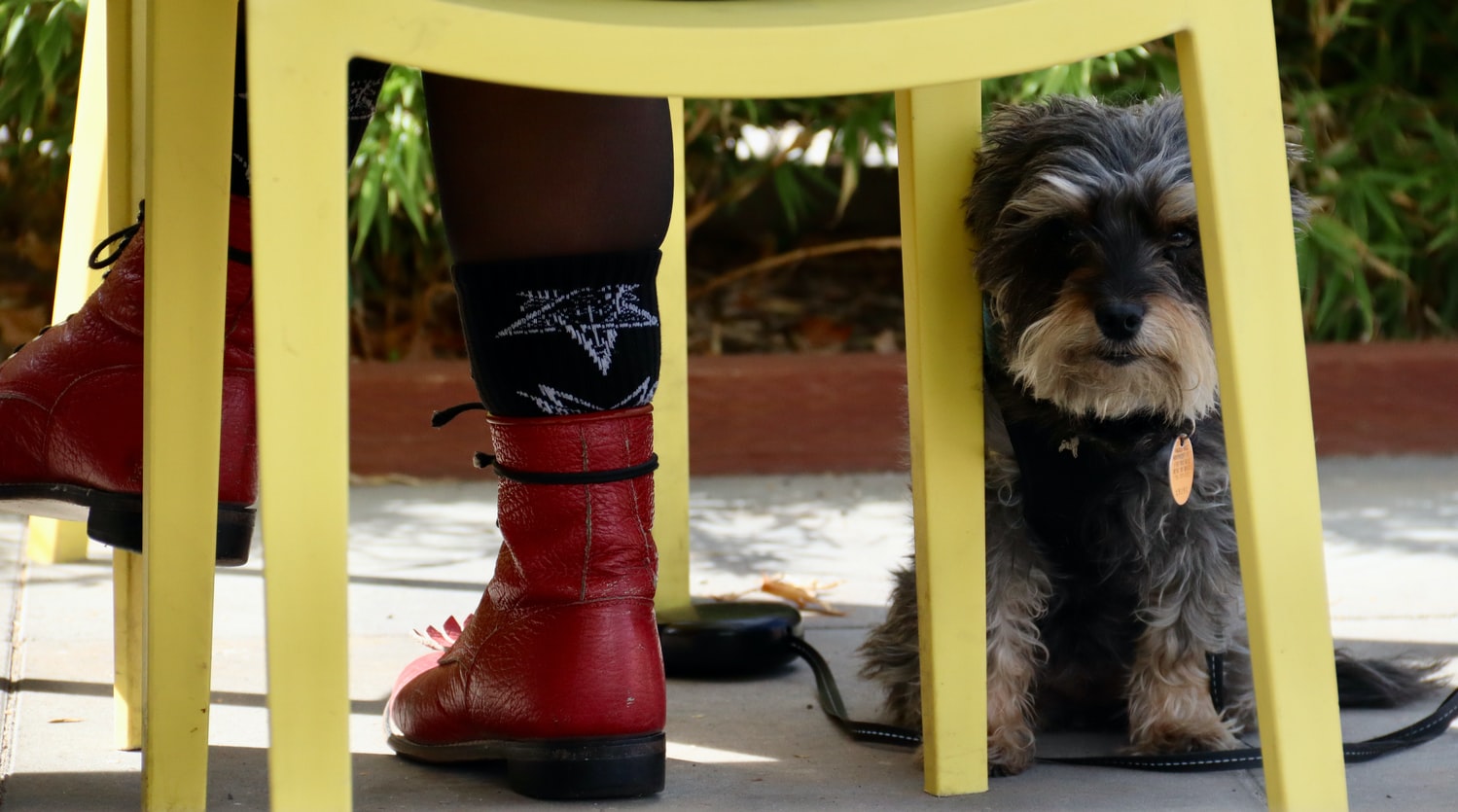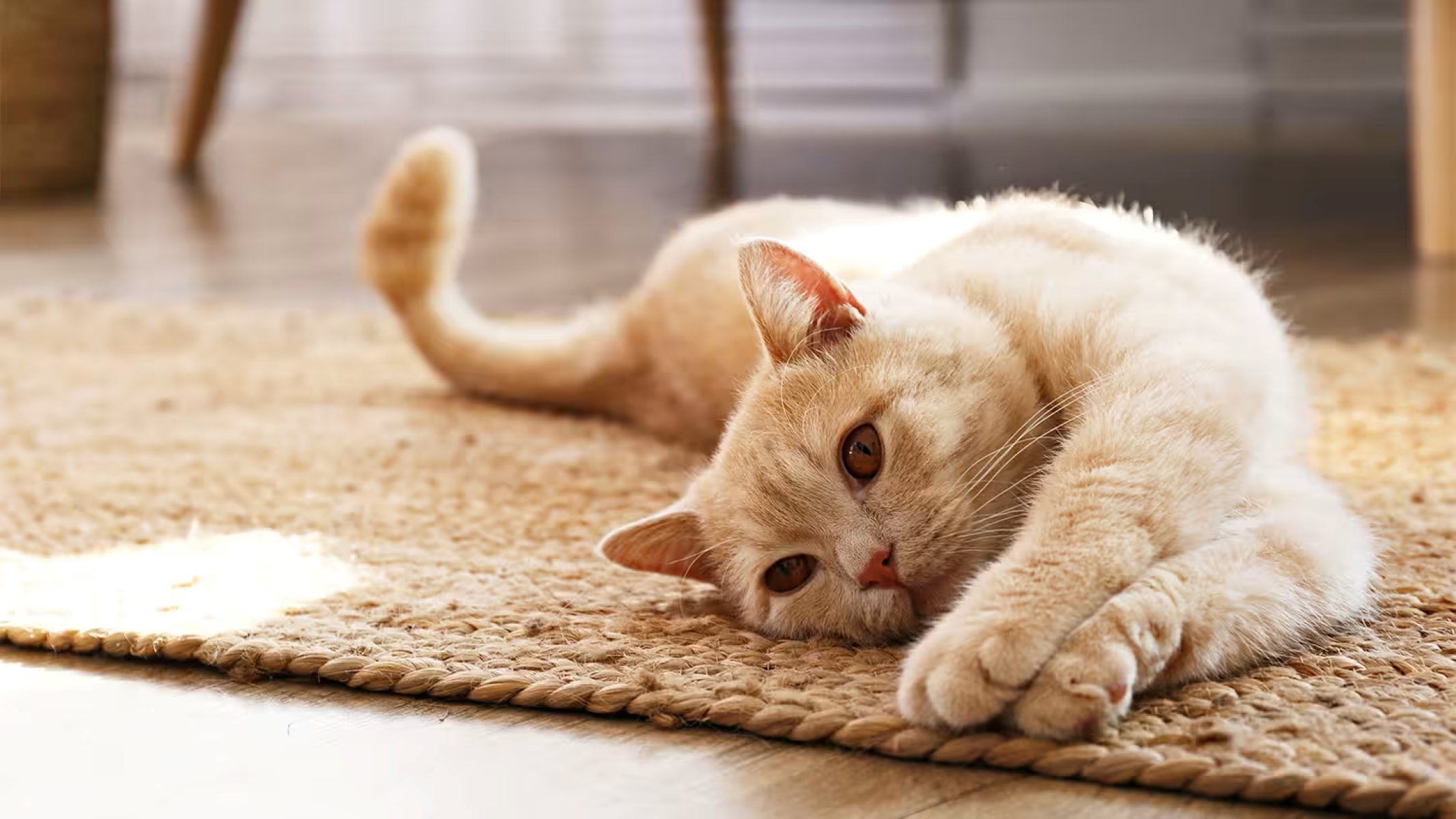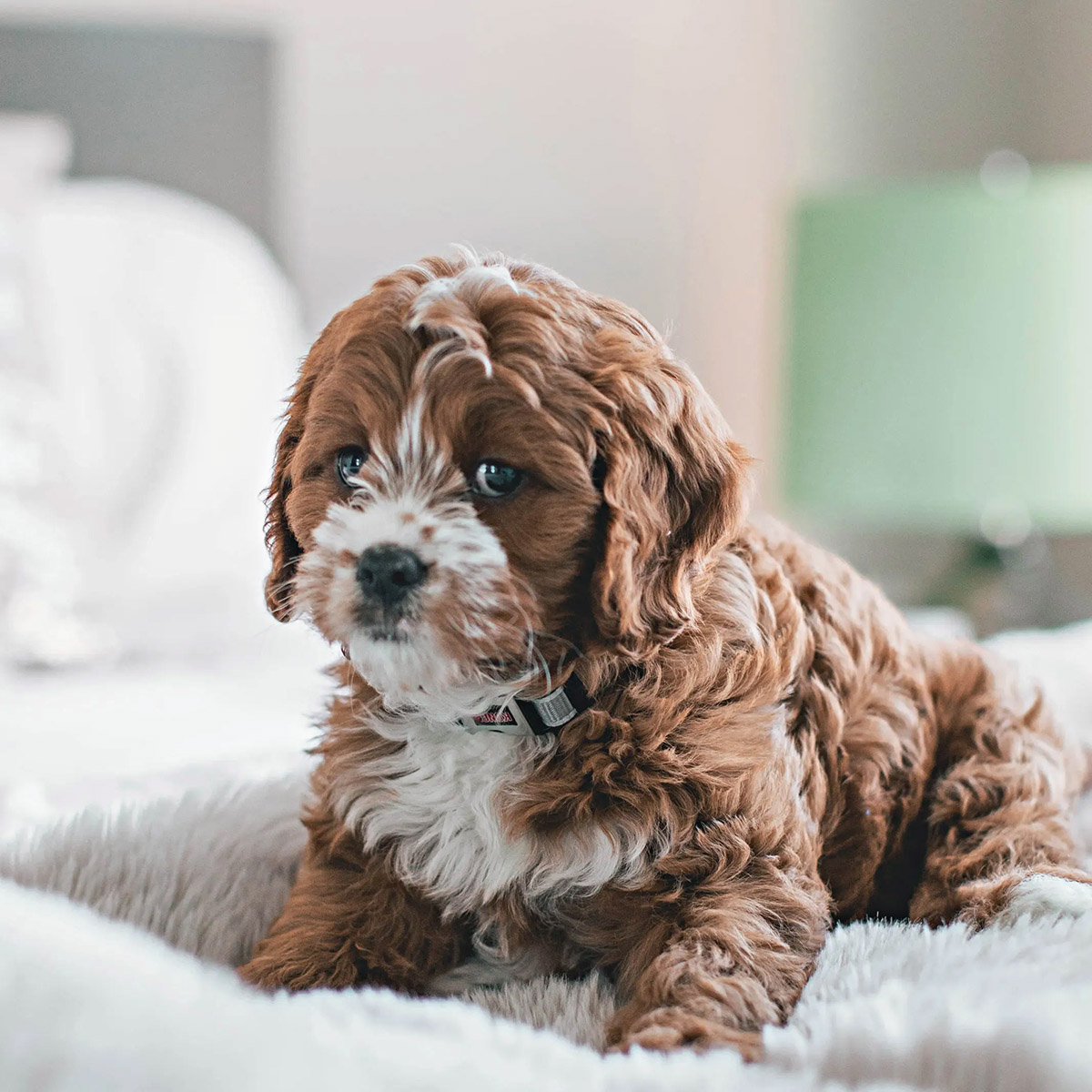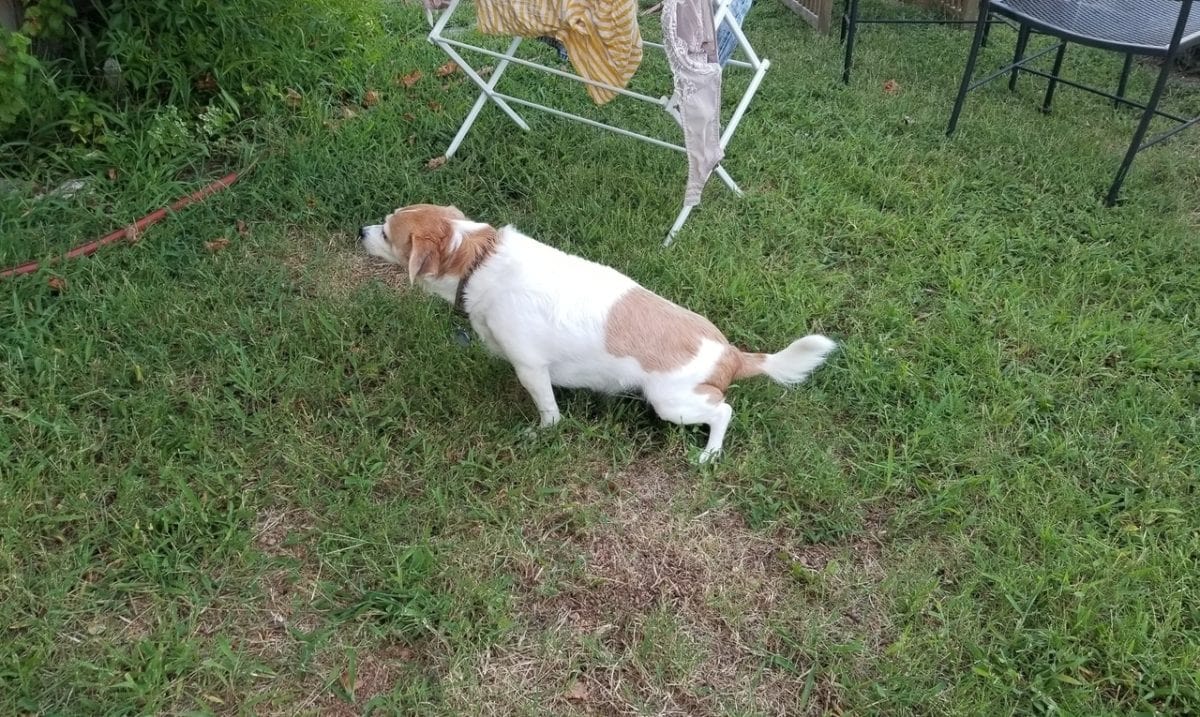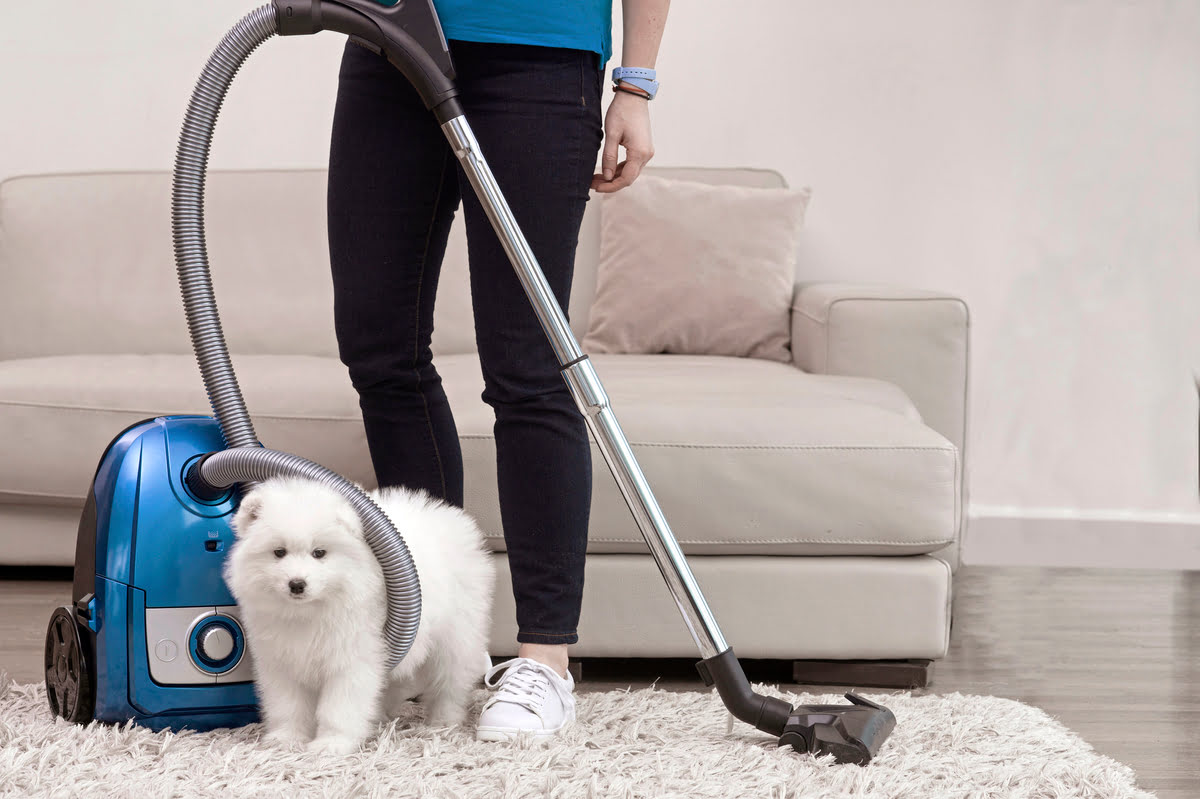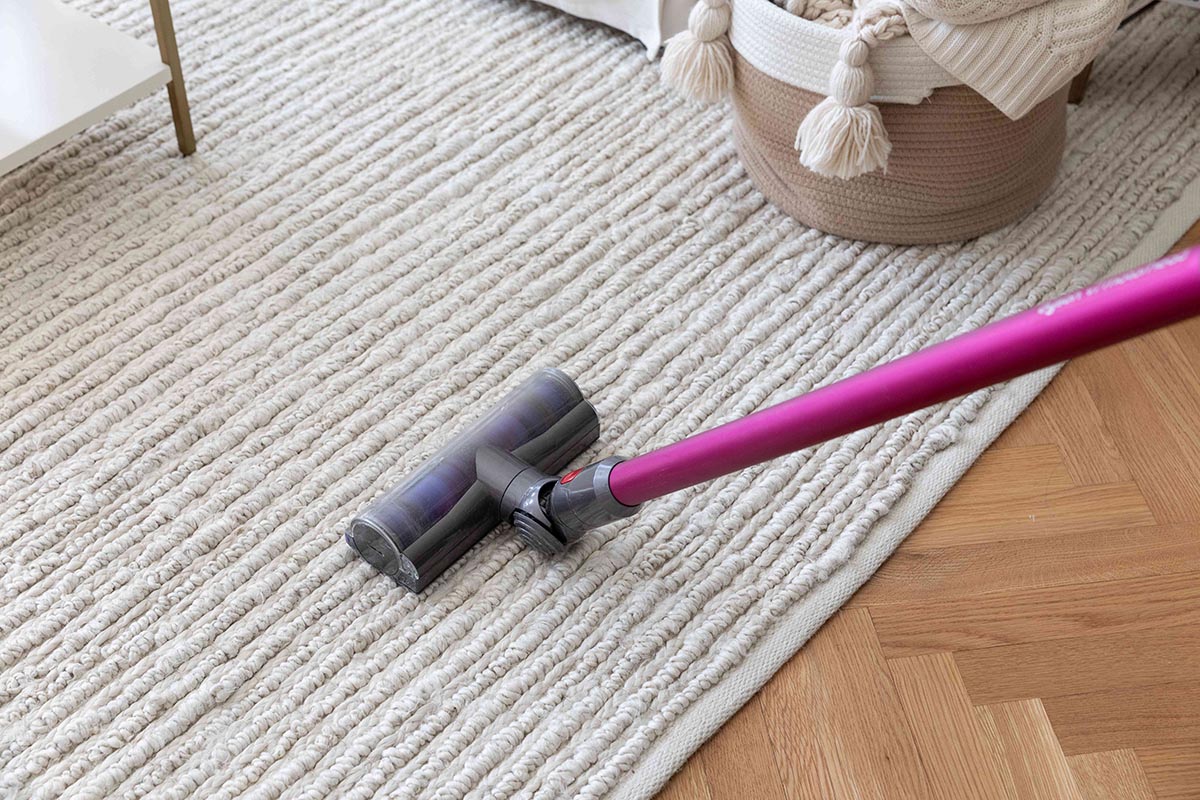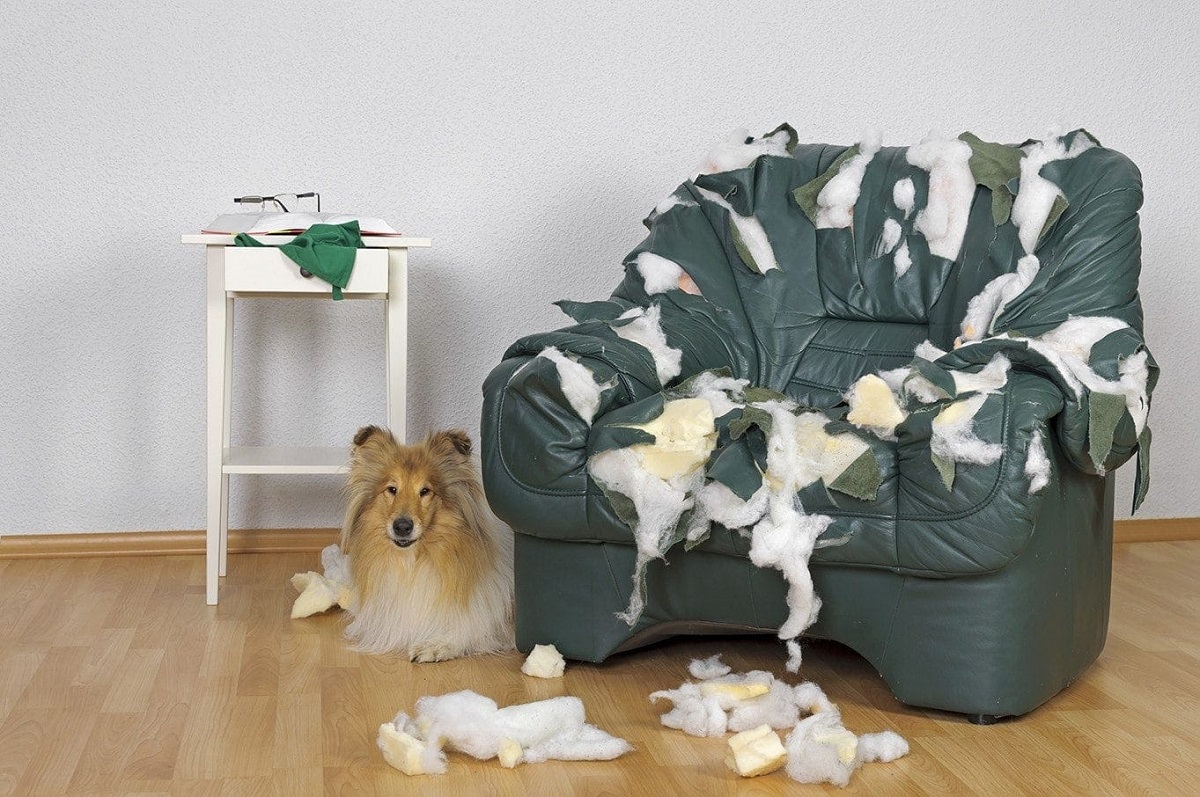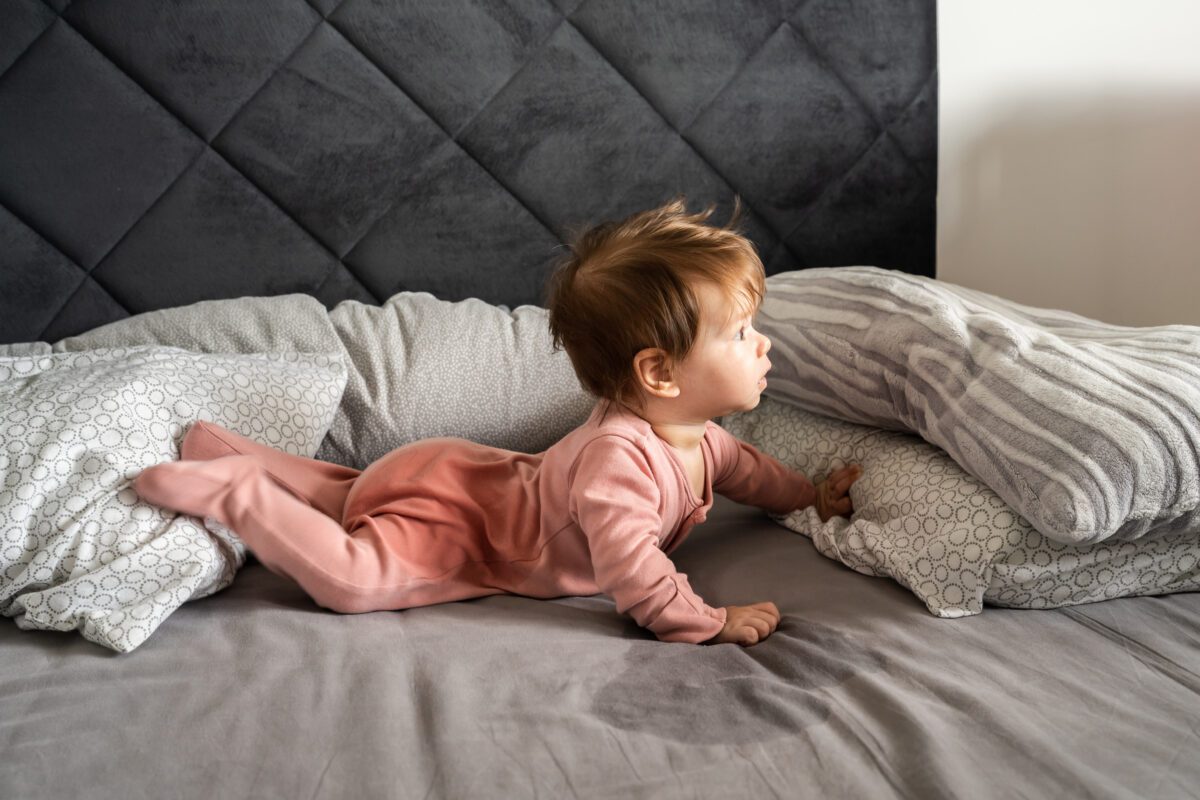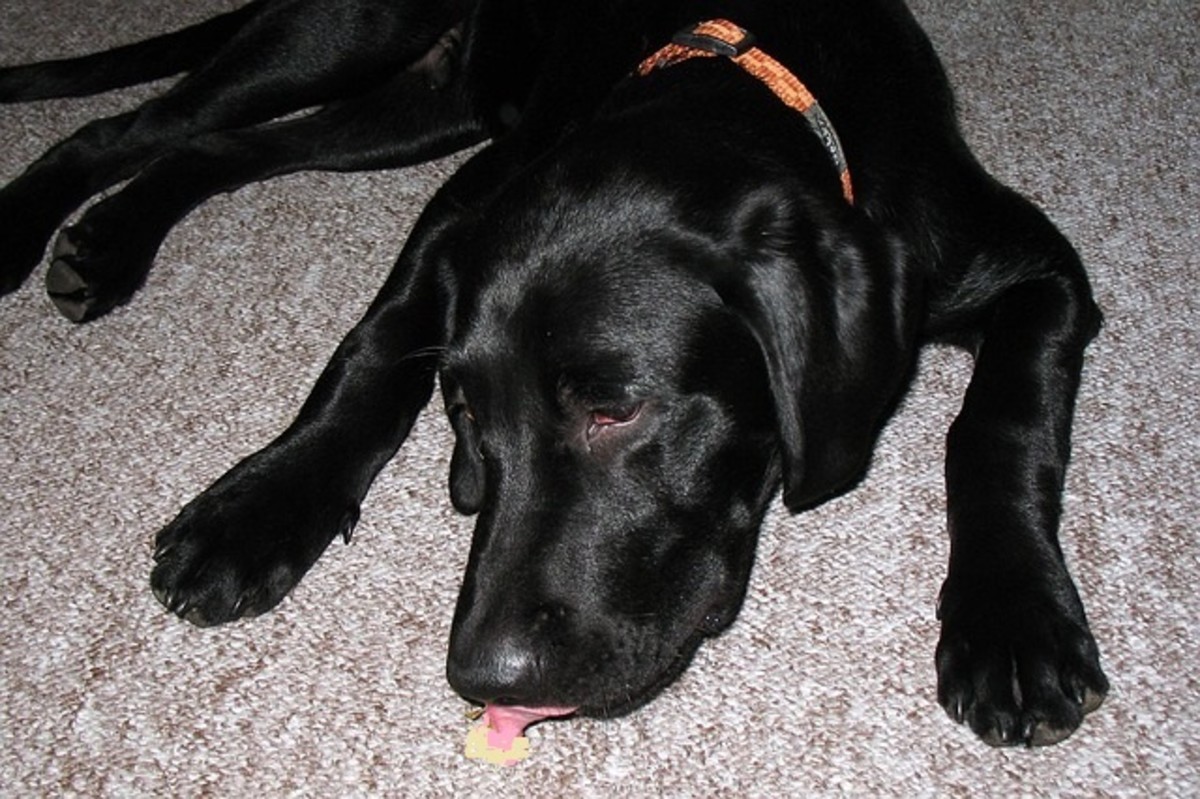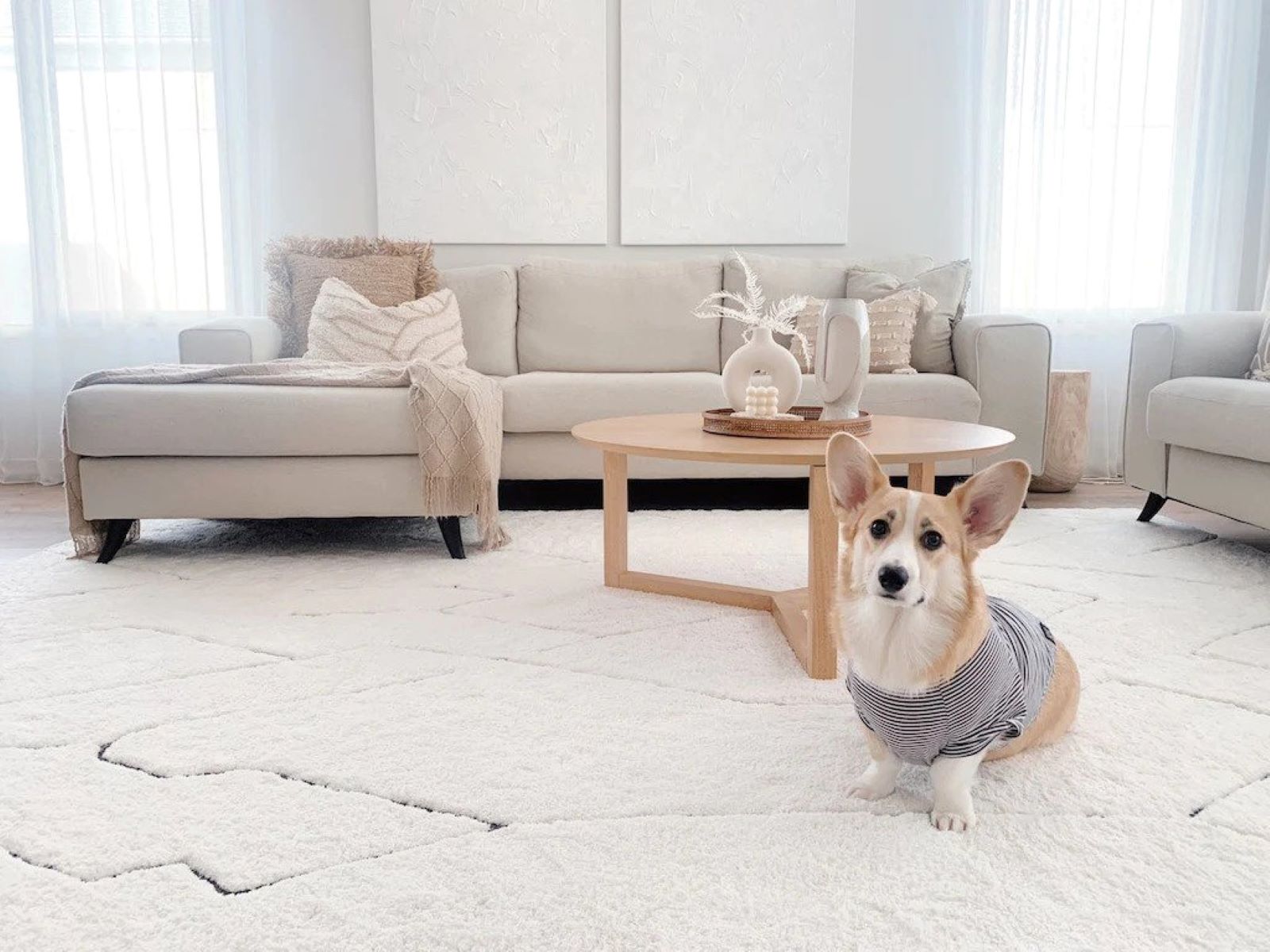

Articles
How To Stop My Dog From Peeing On My Carpet
Modified: January 5, 2024
Looking for articles on how to stop your dog from peeing on your carpet? Discover effective techniques and tips to tackle this common issue and keep your carpet clean.
(Many of the links in this article redirect to a specific reviewed product. Your purchase of these products through affiliate links helps to generate commission for Storables.com, at no extra cost. Learn more)
Introduction
Welcome to our comprehensive guide on how to stop your dog from peeing on your carpet. Dealing with this issue can be frustrating and challenging, but with the right approach, patience, and consistency, you can effectively modify your dog’s behavior and create a clean and odor-free home environment.
It’s important to understand that dogs may urinate indoors for various reasons, ranging from medical issues to behavioral problems. Therefore, it’s crucial to identify the underlying cause of this behavior before implementing corrective measures.
In this article, we will explore different strategies to help you prevent your dog from peeing on your carpet. We’ll cover ways to understand their behavior, identify possible causes, establish a proper routine, reinforce positive behavior, manage accidents, use deterrents and repellents, and seek professional help if needed.
Remember, each dog is unique, so it may take some time and experimentation to find the most effective approach for your furry friend. Let’s dive in and discover how to tackle this issue head-on!
Key Takeaways:
- Establishing a consistent routine, understanding your dog’s behavior, and providing positive reinforcement are key to preventing your dog from peeing on the carpet and creating a clean, odor-free home environment.
- If your dog continues to pee on the carpet despite your efforts, seeking professional help can provide tailored guidance and a customized plan to address the issue, ensuring a harmonious living environment for both you and your furry friend.
Understanding the Behavior
Before we can successfully address the issue of your dog peeing on the carpet, it’s crucial to understand their behavior and the reasons behind it.
Dogs naturally have a strong instinct to mark their territory and establish their presence. Urinating indoors, particularly on carpets, can be a way for them to leave their scent and claim ownership. This behavior is more common in unneutered or unspayed dogs, as well as dogs that haven’t been properly trained.
Aside from marking territory, dogs may also urinate indoors due to a lack of proper house training. Puppies, especially, require consistent training and guidance to become fully house trained. If they haven’t been properly taught where to go, they may resort to using the carpet as a convenient option.
Another possible cause is a urinary tract infection or other medical issues. If your dog suddenly starts peeing on the carpet despite being previously house trained, it’s essential to rule out any underlying health problems. Consult with your veterinarian to determine if a medical issue is contributing to the behavior.
Stress and anxiety can also lead to inappropriate urination. Changes in the household, such as a new family member or a recent move, can trigger stress in your dog and cause them to display unwanted behaviors, such as peeing on the carpet.
Understanding the reasons behind your dog’s behavior will help you tailor your approach and choose the most effective methods to stop them from peeing on the carpet. In the next section, we will explore how to identify the specific cause in your dog’s case.
Identifying Possible Causes
To effectively address the issue of your dog peeing on the carpet, it’s crucial to identify the specific cause or triggers for their behavior. Here are some common factors that may contribute to this problem:
- Lack of proper house training: If your dog hasn’t been adequately trained to understand where they should eliminate, they may resort to using the carpet as a convenient option. This is especially common in puppies or newly adopted dogs.
- Medical issues: Urinary tract infections, bladder stones, or other medical conditions can cause frequent urination or difficulty controlling bladder movements. If your dog has suddenly started peeing on the carpet despite being previously house trained, it’s essential to consult with a veterinarian to rule out any underlying health problems.
- Anxiety and stress: Dogs can display inappropriate urination as a response to stress or anxiety. Changes in the household, such as a new pet, a move, or a change in routine, can trigger these emotions in your dog and lead to them peeing on the carpet as a way to cope.
- Marking territory: Dogs naturally have a strong instinct to mark their territory and establish dominance. Unneutered or unspayed dogs, as well as dogs that haven’t been properly trained, may urinate on the carpet to leave their scent and claim ownership.
- Inadequate bathroom breaks: If your dog doesn’t have enough opportunities to relieve themselves outside, they may resort to using the carpet indoors. Dogs generally need to eliminate every few hours, so ensure you are providing them with frequent bathroom breaks.
It’s essential to closely observe your dog’s behavior and look for patterns or triggers associated with their inappropriate urination. Take note of any changes in their environment or routine that may be contributing to their behavior.
By identifying the specific cause or triggers for your dog’s behavior, you can tailor your approach and implement targeted strategies to prevent them from peeing on the carpet. In the next sections, we will discuss various techniques and methods to address this issue effectively.
Establishing a Proper Routine
One of the key steps in preventing your dog from peeing on the carpet is to establish a consistent and structured routine. A proper routine helps your dog understand when and where they should eliminate, reducing the likelihood of accidents indoors. Here’s how you can establish a routine:
- Set a feeding schedule: Feed your dog at the same times each day. A regular feeding schedule will help regulate their bathroom habits, making it easier to predict when they need to go outside.
- Take them outside after meals: After your dog finishes their meal, take them outside for a bathroom break. The digestion process will often stimulate their need to eliminate, so it’s essential to give them the opportunity to do so outside.
- Designated potty area: Designate a specific area in your yard where you want your dog to go potty. Take them to this spot consistently to reinforce the idea that this is the appropriate place for elimination.
- Frequent bathroom breaks: Ensure that your dog gets regular bathroom breaks throughout the day. Puppies generally have a smaller bladder capacity and may need to eliminate more frequently. Take them outside every few hours, especially after naps or playtime.
- Positive reinforcement: When your dog successfully eliminates outside, offer praise, treats, or affection as a reward. Positive reinforcement helps reinforce the idea that going outside is the desired behavior.
Consistency is key when establishing a routine. Stick to the schedule and be patient with your dog as they learn the new routine. Over time, they will begin to understand when and where they should eliminate, reducing the chances of accidents on the carpet.
Remember, accidents may still happen during the training process. It’s important to remain calm and avoid punishing your dog for accidents. Instead, focus on reinforcing the desired behavior and redirecting them to the appropriate spot outside.
In the next section, we will discuss the importance of providing adequate bathroom breaks for your dog to prevent accidents indoors.
Providing Adequate Bathroom Breaks
Regular bathroom breaks are crucial for preventing your dog from peeing on the carpet. By providing them with enough opportunities to eliminate outside, you reduce the likelihood of accidents indoors. Here are some tips for ensuring adequate bathroom breaks:
- Frequency: Dogs generally need to eliminate every few hours, with puppies needing more frequent breaks due to their smaller bladder capacity. Make sure to take your dog outside regularly throughout the day.
- First thing in the morning: Start your day by taking your dog outside first thing in the morning. This is when they may have been holding their bladder overnight and need to relieve themselves.
- Before and after meals: Take your dog outside before and after meals. The act of eating and digestion often stimulates the need to eliminate. By allowing them to go outside in these times, you can help prevent accidents on the carpet.
- After naps and playtime: Puppies, in particular, may need to go potty after waking up from a nap or engaging in play. Take them outside after these activities to give them the opportunity to eliminate.
- Evening bathroom break: Before settling down for the night, take your dog outside for a final bathroom break. This ensures that their bladder is empty before bedtime and reduces the chance of accidents during the night.
When taking your dog outside, give them ample time to sniff around and find an appropriate spot to eliminate. Be patient and avoid rushing them. It’s also essential to use a command or cue word, such as “go potty,” to help associate the behavior with the verbal cue.
If you notice that your dog is showing signs of needing to go potty, such as pacing or squatting, immediately take them outside. Interrupting the behavior and redirecting them to the appropriate spot outside can help prevent accidents indoors.
Consistency and regularity in providing bathroom breaks will help your dog understand the expectations and reduce the chances of them peeing on the carpet. In the next section, we will discuss the importance of reinforcing positive behavior to prevent inappropriate urination.
Consistently take your dog outside to the same spot to pee, and reward them when they go there. Clean any accidents with an enzymatic cleaner to remove the scent and discourage repeat accidents.
Read more: How To Stop Dogs From Peeing On Furniture
Reinforcing Positive Behavior
Reinforcing positive behavior is a crucial aspect of preventing your dog from peeing on the carpet. By rewarding and encouraging the desired behavior, you can effectively modify their behavior and encourage them to eliminate in appropriate areas. Here are some strategies for reinforcing positive behavior:
- Positive reinforcement: When your dog eliminates outside, offer praise, treats, or affection as a reward. Positive reinforcement helps reinforce the idea that going potty outside is the desired behavior. Make sure to provide the reward right after they finish eliminating to strengthen the association.
- Consistency: Be consistent in your praise and rewards. Every time your dog eliminates outside, provide positive reinforcement. This consistency helps them understand the correlation between going outside and receiving a reward.
- Verbal cues: Use a specific command or cue word, such as “go potty,” when you take your dog outside to eliminate. Repeat the cue word consistently and encourage them to associate it with the desired behavior. Eventually, they will understand that hearing the cue word means it’s time to go potty.
- Redirecting accidents: If you catch your dog in the act of peeing on the carpet, quickly interrupt the behavior with a loud noise or clap your hands. This will startle them and hopefully stop them from continuing. Immediately take them outside to finish eliminating, and if they do so, provide positive reinforcement.
- Use a designated potty area: Designate a specific area in your yard where you want your dog to go potty. Take them to this spot consistently and encourage them to eliminate there. The consistent use of the same spot will help reinforce the idea that this is the appropriate place for elimination.
It’s important to remember that punishment or scolding after the fact is not effective. If you find an accident on the carpet, do not punish your dog. Instead, focus on reinforcing the desired behavior and redirecting them to the appropriate spot outside.
Reinforcing positive behavior through rewards, consistency, and verbal cues will help your dog understand where they should eliminate and reinforce the behavior you desire. In the next section, we will discuss how to effectively manage accidents and prevent further incidents.
Managing Accidents
Accidents happen, especially during the training process. It’s important to manage accidents properly to prevent your dog from developing a habit of peeing on the carpet. Here are some steps to effectively manage accidents:
- Act quickly: When you discover an accident on the carpet, act promptly. Clean up the mess as soon as possible to minimize the smell and prevent your dog from being attracted to that spot.
- Use enzymatic cleaners: Regular household cleaners may not fully eliminate the odor of urine. Instead, use enzymatic cleaners specifically made to break down and eliminate pet urine odor. These cleaners help remove the scent, discouraging your dog from returning to that spot.
- Do not punish: Avoid scolding or punishing your dog for accidents. They may not understand why they’re being punished, and it can create fear or anxiety around elimination. Instead, focus on reinforcing positive behavior and redirecting them to the appropriate spot outside.
- Monitor closely: Keep a close eye on your dog, especially during the training process. Watch for signs that they need to go potty, such as pacing, sniffing, or circling. If you notice these signs, immediately take them outside to the designated potty area.
- Consider crate training: Crate training can be a helpful tool during the house training process. Dogs generally do not want to eliminate in their sleeping or resting area, so a crate can help prevent accidents indoors. Ensure the crate is appropriately sized and comfortable for your dog.
Remember, consistency and patience are key when managing accidents. It’s a learning process for both you and your dog. Stick to the routine, reinforce positive behavior, and provide adequate bathroom breaks to help minimize accidents over time.
In the next section, we will discuss the use of deterrents and repellents to discourage your dog from peeing on the carpet.
Using Deterrents and Repellents
Deterrents and repellents can be effective tools in preventing your dog from peeing on the carpet. These products help create an unfavorable environment or scent that discourages them from eliminating indoors. Here are some methods to consider:
- Commercial deterrent sprays: Look for pet-friendly deterrent sprays specifically designed to discourage dogs from urinating in certain areas. These sprays typically contain a scent that is unpleasant to dogs, deterring them from the carpet.
- Natural deterrents: Certain natural substances can serve as deterrents. For example, dogs generally dislike the smell of citrus fruits. You can try spraying diluted lemon or orange juice on the carpet or placing citrus peels in the areas they tend to pee on.
- Indoor potty solutions: If you’re unable to provide your dog with regular outdoor bathroom breaks, consider using indoor potty solutions, such as artificial grass patches or dog litter boxes. These designated potty areas can help redirect your dog’s elimination and prevent accidents on the carpet.
- Blocking access to problem areas: If your dog consistently targets specific areas of the carpet, block their access to those areas. Use baby gates or barriers to restrict their access until they learn to eliminate in the appropriate spot.
- Rewards for appropriate elimination: When your dog successfully eliminates outside, provide them with immediate positive reinforcement, such as treats or praise. This helps reinforce the desired behavior and further encourages them to eliminate in the designated outdoor area.
It’s important to note that while deterrents and repellents can be helpful, they should not be the sole method of addressing the issue. It’s crucial to combine them with proper house training, routine establishment, and positive reinforcement techniques.
Consistency and patience are key when using deterrents and repellents. Monitor your dog closely during the training process and be consistent in your approach. Over time, they will learn to associate the unpleasant scent or environment with avoiding the carpet and eliminating in the appropriate areas.
If the issue persists despite your efforts, it may be beneficial to seek professional help. In the next section, we will discuss when and how to consider seeking professional assistance.
Seeking Professional Help
If you’ve tried various strategies and methods but are still struggling to prevent your dog from peeing on the carpet, it may be time to seek professional help. A professional dog trainer or behaviorist can assess your specific situation and provide guidance tailored to your dog’s needs. Here’s when and how to consider seeking professional assistance:
- Persistent problem: If the issue of your dog peeing on the carpet persists despite your best efforts and consistency in training, it may indicate an underlying behavioral or medical problem. A professional can help identify the root cause and develop a customized plan to address it.
- Medical concerns: If your dog suddenly starts urinating indoors, especially if they were previously house trained, it’s essential to rule out any medical issues. Consult with your veterinarian to ensure there are no underlying health problems contributing to the behavior.
- Behavioral assessments: A professional trainer or behaviorist can conduct a thorough assessment of your dog’s behavior and environment. They can identify any triggers, stressors, or underlying behavioral issues that may be contributing to the inappropriate urination.
- Customized plan: Based on the assessment, a professional can develop a personalized plan to address the problem. They will provide guidance, techniques, and exercises to modify your dog’s behavior and establish proper elimination habits.
- Ongoing support: Seeking professional help ensures you have ongoing support and guidance throughout the training process. They can monitor your progress, adjust strategies as needed, and provide valuable advice to address any challenges along the way.
Remember, professional assistance should complement your efforts and provide additional expertise. It’s important to communicate openly with the professional, provide relevant information about your dog’s behavior, and follow their instructions consistently.
By seeking professional help, you can gain valuable insights and strategies to effectively address the issue of your dog peeing on the carpet. With their guidance and your commitment, you can create a harmonious and clean living environment for both you and your furry friend.
Now that you have a comprehensive understanding of how to prevent your dog from peeing on the carpet, remember to be patient, consistent, and positive in your training approach. With time and effort, you can successfully modify your dog’s behavior and enjoy a clean and odor-free home.
Good luck on your journey to resolving this issue and fostering a strong bond with your beloved canine companion!
Read more: How To Stop Dogs From Peeing On A Patio
Conclusion
Dealing with a dog that pees on the carpet can be frustrating, but with the right approach, it is a behavior that can be addressed and modified. By understanding the behavior, identifying possible causes, and implementing effective strategies, you can prevent your dog from peeing on the carpet and create a clean and odor-free home environment.
Establishing a proper routine is crucial. Set regular feeding times, ensure frequent bathroom breaks, and consistently reinforce positive behavior. By establishing a routine, you can help your dog understand when and where they should eliminate.
Identifying the specific causes of the behavior is also essential. Whether it’s a lack of house training, medical issues, anxiety, or marking territory, understanding the underlying factors will allow you to tailor your approach and address the root cause of the problem.
Using deterrents and repellents can further discourage your dog from peeing on the carpet. Commercial sprays or natural substances like citrus can create an unfavorable environment, while providing rewards and positive reinforcement for appropriate elimination reinforces the desired behavior.
Accidents may happen during the training process, and it is important to manage them effectively. Act quickly, clean up accidents promptly, and avoid punishing your dog. Instead, focus on reinforcing positive behavior and redirecting them to the appropriate spot outside.
If your efforts are not yielding the desired results, seeking professional help can be beneficial. A professional trainer or behaviorist can provide tailored guidance, assess your dog’s behavior, and develop a customized plan to address the issue.
Remember, consistency, patience, and positive reinforcement are key throughout the training process. By implementing these strategies and seeking professional help if needed, you can successfully stop your dog from peeing on the carpet and create a happy and harmonious living environment for both you and your furry friend.
Now that you have a comprehensive understanding, it’s time to put these strategies into action. With dedication and persistence, you can overcome this challenge and enjoy a clean and well-behaved dog.
Frequently Asked Questions about How To Stop My Dog From Peeing On My Carpet
Was this page helpful?
At Storables.com, we guarantee accurate and reliable information. Our content, validated by Expert Board Contributors, is crafted following stringent Editorial Policies. We're committed to providing you with well-researched, expert-backed insights for all your informational needs.
